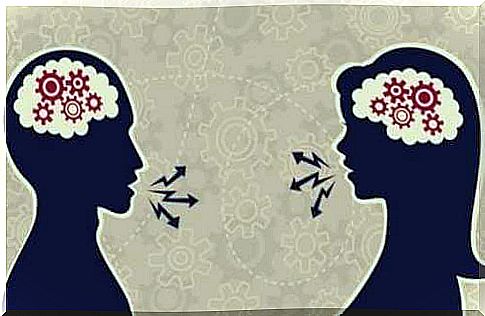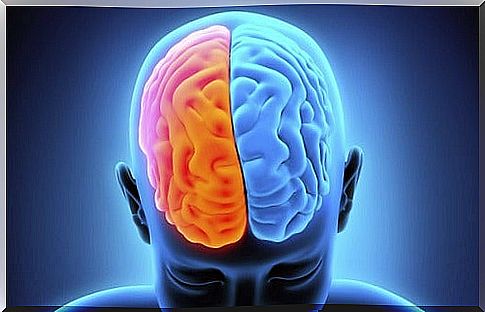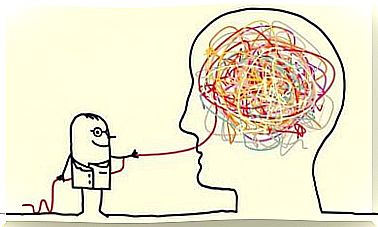Neural Language Models

Language is a tool that humans use to communicate and think. It is represented in multiple areas of the brain, which is why brain injuries affecting the areas in question can cause speech disturbances. This is why many authors are interested in the study of neural models of language.
Some functions of the brain, including language, are not concentrated in one place on this organ. A whole group of cortical and subcortical areas are involved in the production of language. Each of these areas contributes to the final result which will be the production and development of language.
As a result, if an area is damaged, the entire system will suffer. The main components of language are found in the dominant (left) hemisphere and as regards the neural models of language, we can distinguish between classical models and new models.
Classical neural models of language
In 1836 a French doctor named Marc Dax exhibited his scientific works at the Montpellier Medical Society congress. His work addressed the relationship between patients with aphasia and injuries involving the left hemisphere. He came to the conclusion that language develops laterally, in the left hemisphere.

Shortly thereafter, anatomist, physician and anthropologist Paul Broca presented a patient with lesions in the frontal lobe of the left hemisphere. Due to the injuries, the patient had problems with language development.
Another neurologist recognized for his work on neural language models is Wernicke. In 1874, he discovered a relationship between injury to the left temporal hemisphere (which was called Wernicke’s area) and loss of language.
A few years later, the American neurologist Norman Geschwind proposed a neo-connectivist model. According to this approach, the linguistic ability to name objects involves the confluence of semantic representations of various modalities. On the other hand, the inferior parietal lobe possesses properties unique to the human species. Geschwind thus came to the conclusion that the seat of the ability to name objects lies in the inferior parietal lobe.
Finally, neuroscientist Roger Sperry, winner of the Nobel Prize in Medicine for his brain lateralization experiments, has contributed to the advancement of studies in this field. In his research, Sperry showed that the hemispheres are specialized.
He also emphasized the role of the corpus callosum in functional integration. From these researches it is deduced that in most of the population the language is found in the left hemisphere.
New neural models of language
As research progresses, it seems increasingly clear that language is a complex system. The classical model focused on the crucial areas of Broca, Wernicke, the angular gyrus and the arched fascicle. On the other hand, current models include the elaboration of language at different levels and according to currents organized into “routes”.
Dual-stream language processing model
This model consists of an input (ventral course) and an output (dorsal course). In this way, the ventral route would be responsible for:
- Recognize sounds.
- Determine its origin.
- Identify the sound and recognize the word using the available vocabulary.
- Connect the word conceptually (with the notions we have about it).
- Form the word by combining the elements to generate a structure (for example: form the plural).
In turn, the exit or the dorsal route would consist of:
- Articulate the words.
- The ability to translate auditory information into motor information.

Functional Neuroanatomy of Language
Language is found in different areas of the brain. Each lobe therefore records information in different regions following a well-defined structure: firstly, the phonological information is recorded in the dorsal areas; later, the syntactic information and semantic representations arrive in the most ventral part.
For its part, the temporal lobe is responsible for memorizing new words and retrieving the memorized words. The parietal lobe is responsible for the more analytical processing.
As for the frontal lobe, however, this has an important synthesis function. It is responsible for understanding and expression; finally, it should be noted that we speak of aphasia when there is an alteration in the ability to use a previously acquired language.
It therefore seems clear that, although the seat of language is in the left hemisphere, different areas are involved in order to produce, develop and understand it. The result, that is the language itself, occurs thanks to the integration of the different areas, all fundamental for its correct production and understanding.









